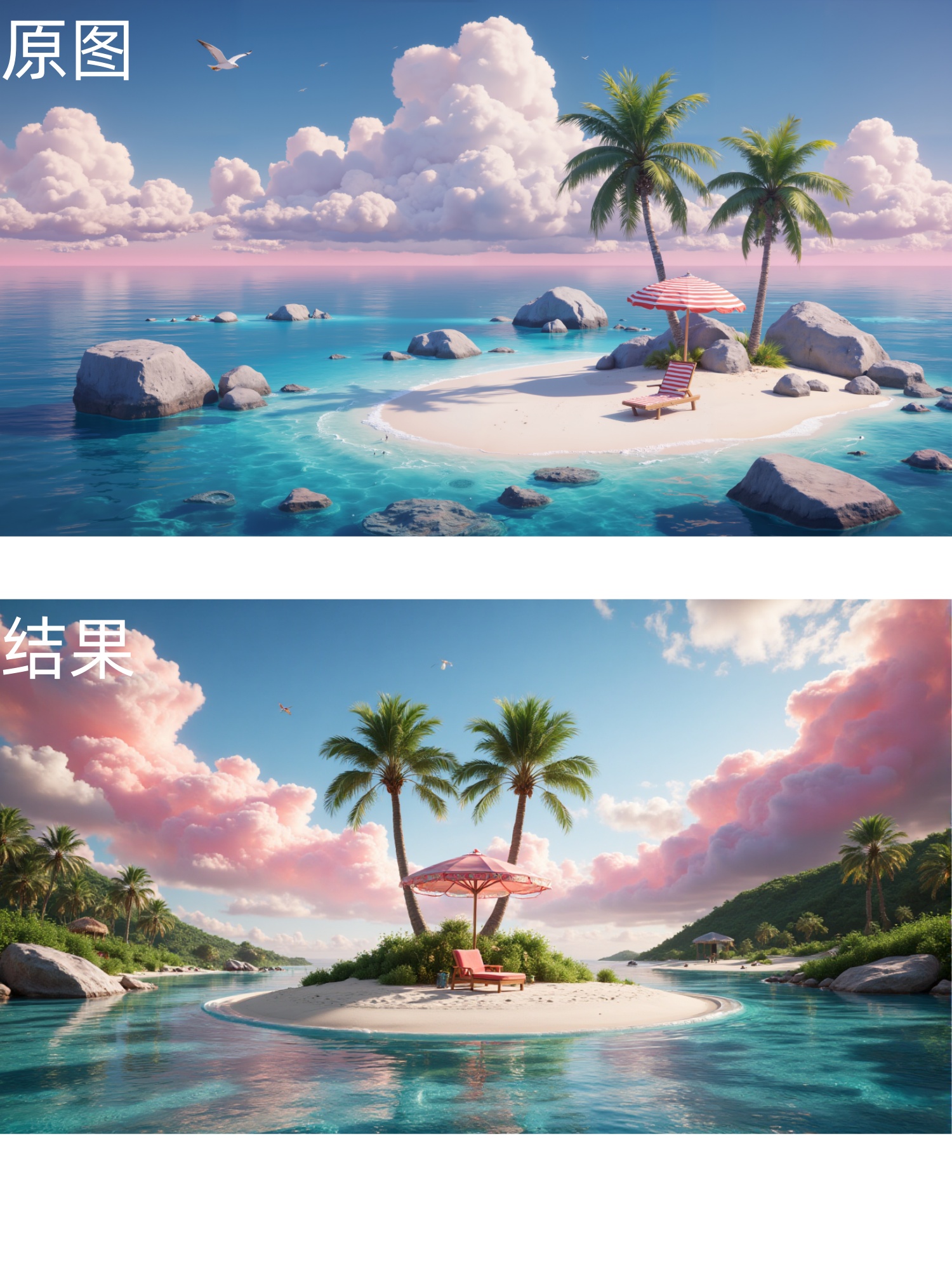Unlock High-Speed Image Generation: Nunchaku Flux Workflow Revealed
1. Workflow Overview

Purpose:
A high-speed image imitation & optimization workflow based on Nunchaku Flux, featuring:Image-to-prompt (via
JoyCaption).Fast image generation (using quantized
FluxDiT).Image scaling & post-processing (e.g., super-resolution).
GPU cleanup (
easy cleanGpuUsed).
Core Models:
Nunchaku FluxDiT: Quantized model (
svdq-int4-flux) for speed.CLIP Encoder:
t5xxl_fp8_e4m3fn.safetensors+clip_l.safetensors.Upscaler:
4x-UltraSharp.pth.VAE:
ae.safetensors.
2. Key Nodes
JoyCaption: Uses Meta-Llama-3.1-8B to generate prompts from images.FluxGuidance: Controls conditioning strength (default3.5).ModelSamplingFlux: Configures resolution (1024x1024) and quantization.KSampler: Generates images in 20 steps witheulersampler.ImageScaleByAspectRatio: Resizes images withlanczosinterpolation.
3. Workflow Structure
Group 1: Nunchaku Text-to-Image
Input: Prompt (auto-generated or manual).
Process: CLIP encode → FluxDiT → VAE decode → Save.
Output: Final image (e.g., cyberpunk cat).
Group 2: Image Loading & Prompt Reverse
Input: Uploaded image (e.g.,
2794c263...jpg).Process: Upscale → Caption → Pass to Group 1.
Output: Text description (e.g.,
"a neon cat").
4. Inputs & Outputs
Inputs: Image (optional), resolution (
1024x1024), steps (20).Outputs: Image saved to
ComfyUI/output.
5. Notes
Dependencies:
Install Nunchaku UI and
Meta-Llama-3.1-8B.
Errors:
Missing model files: Check paths for
t5xxl_fp8_e4m3fn.safetensors.
Optimization:
Use
svdq-int4for lower VRAM usage.